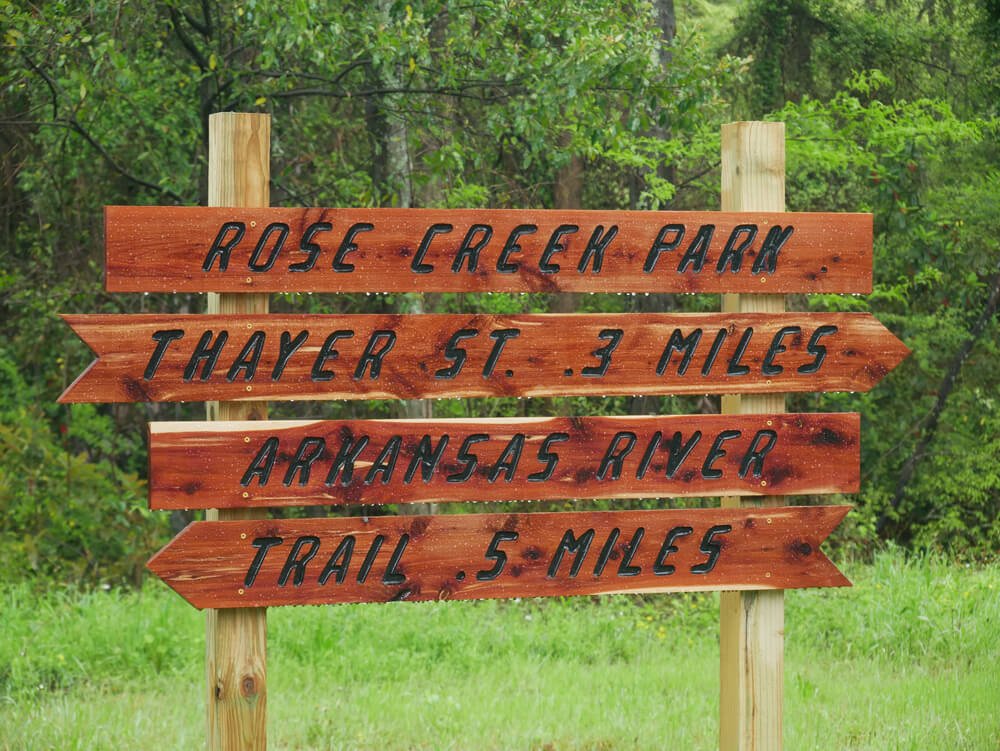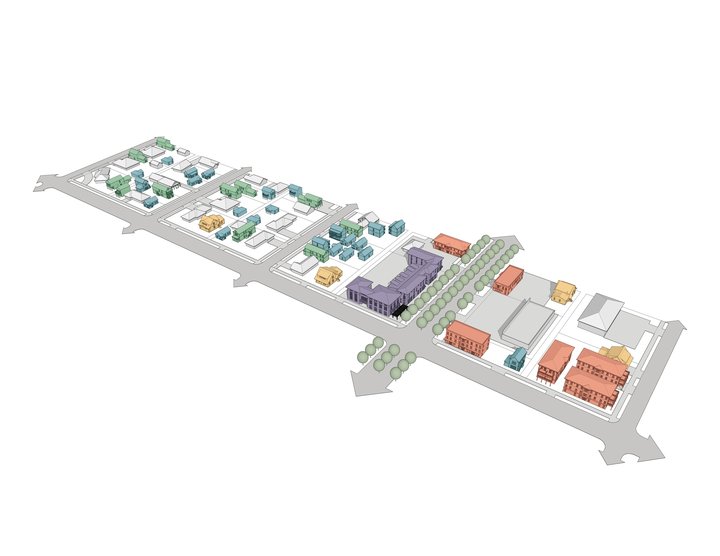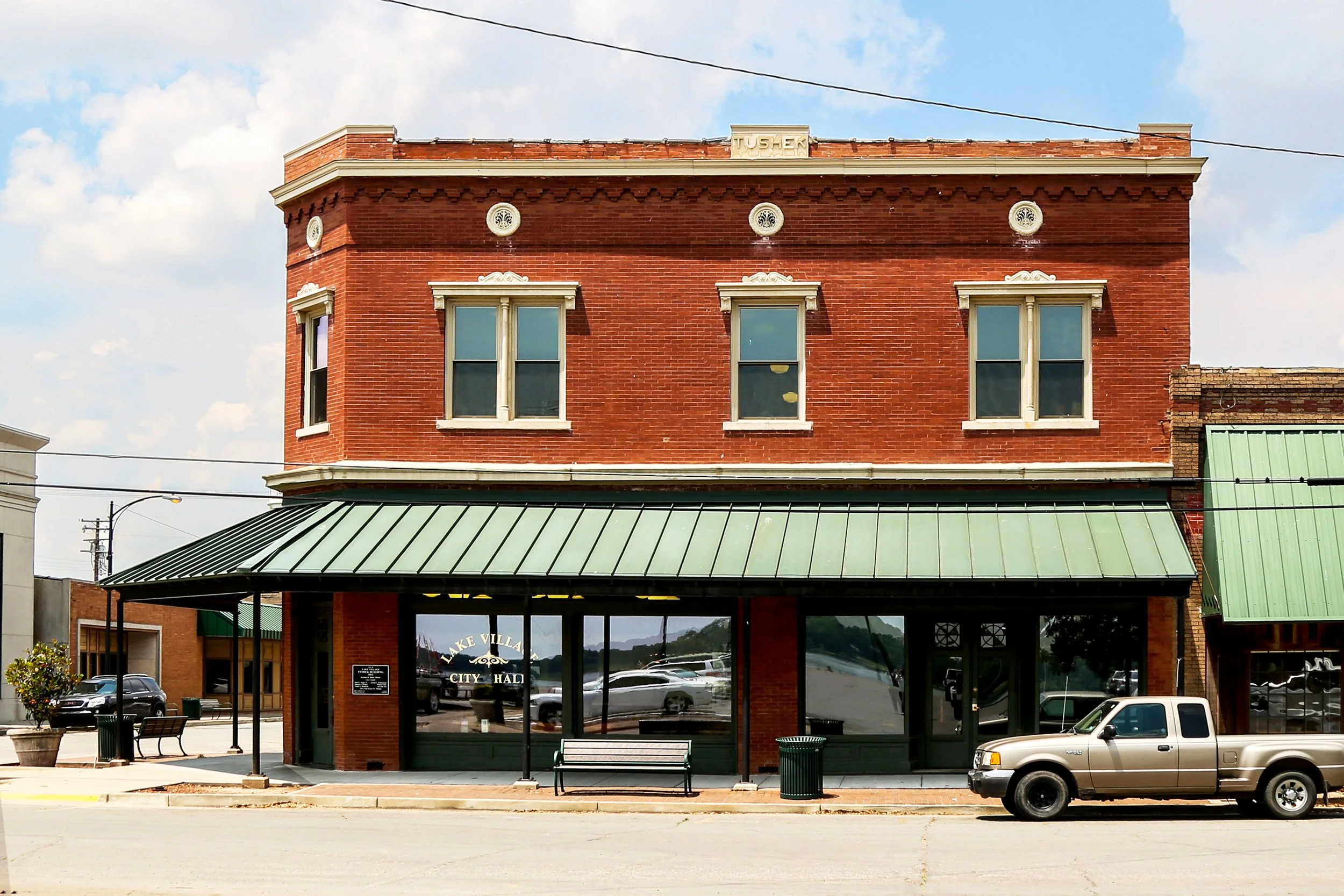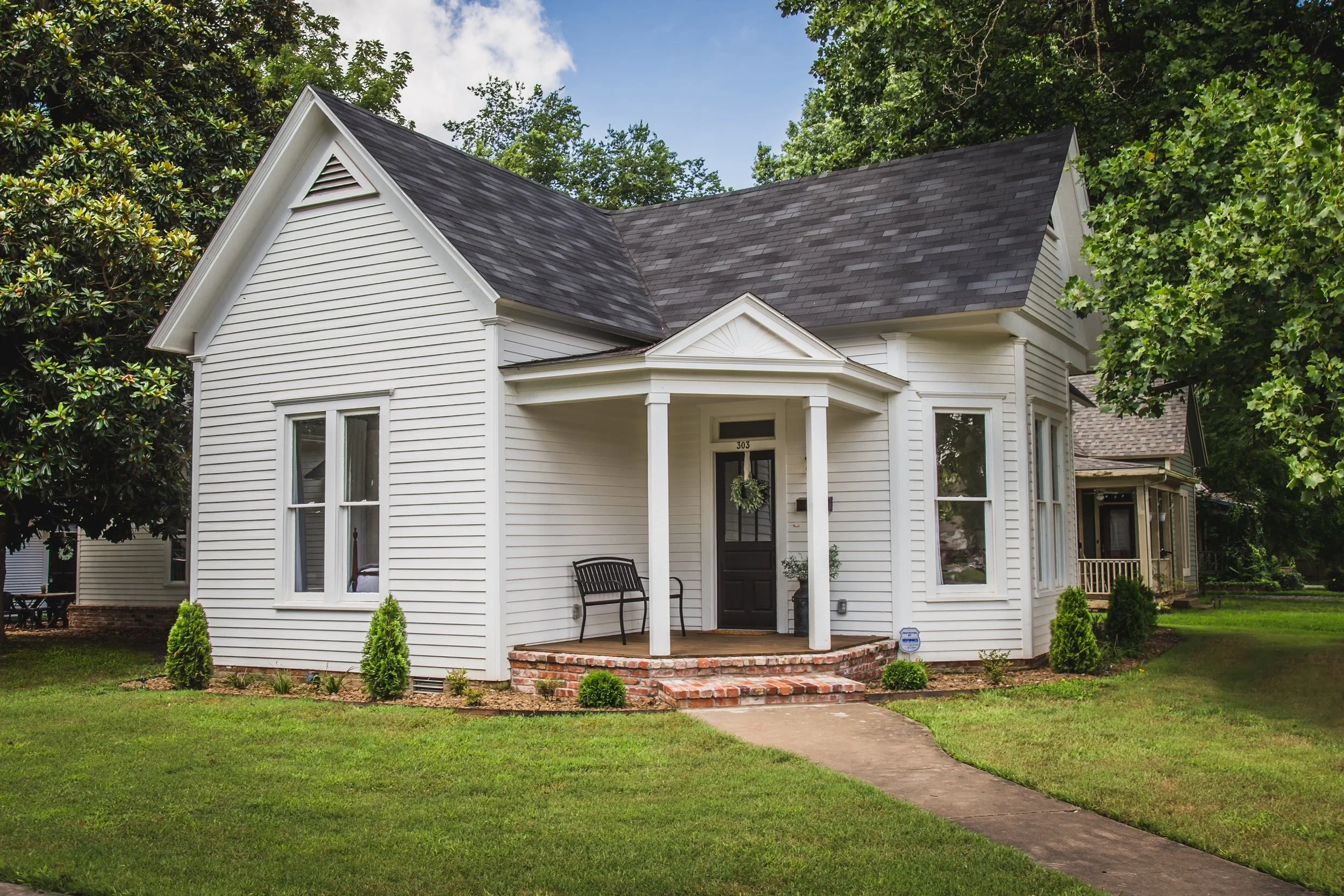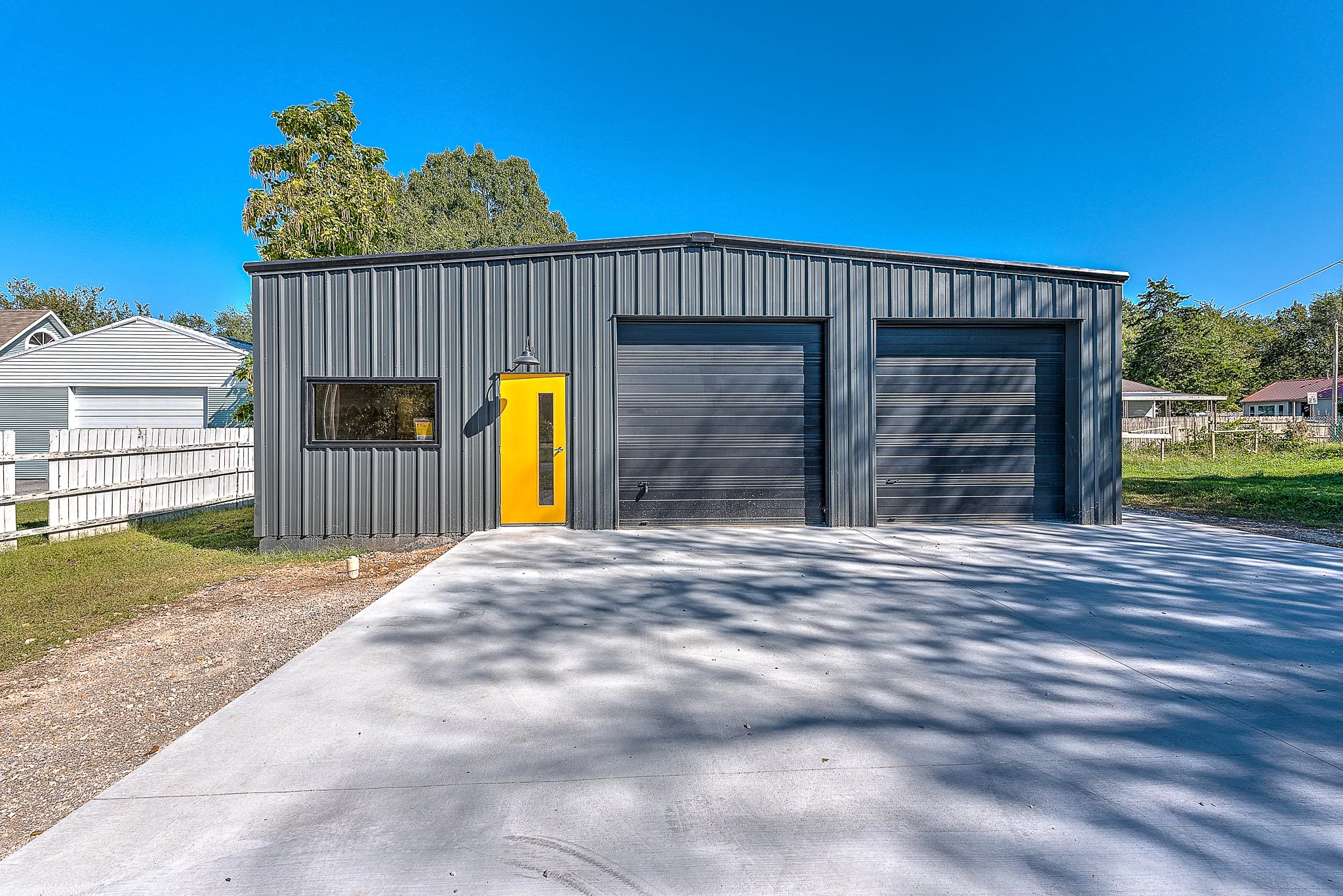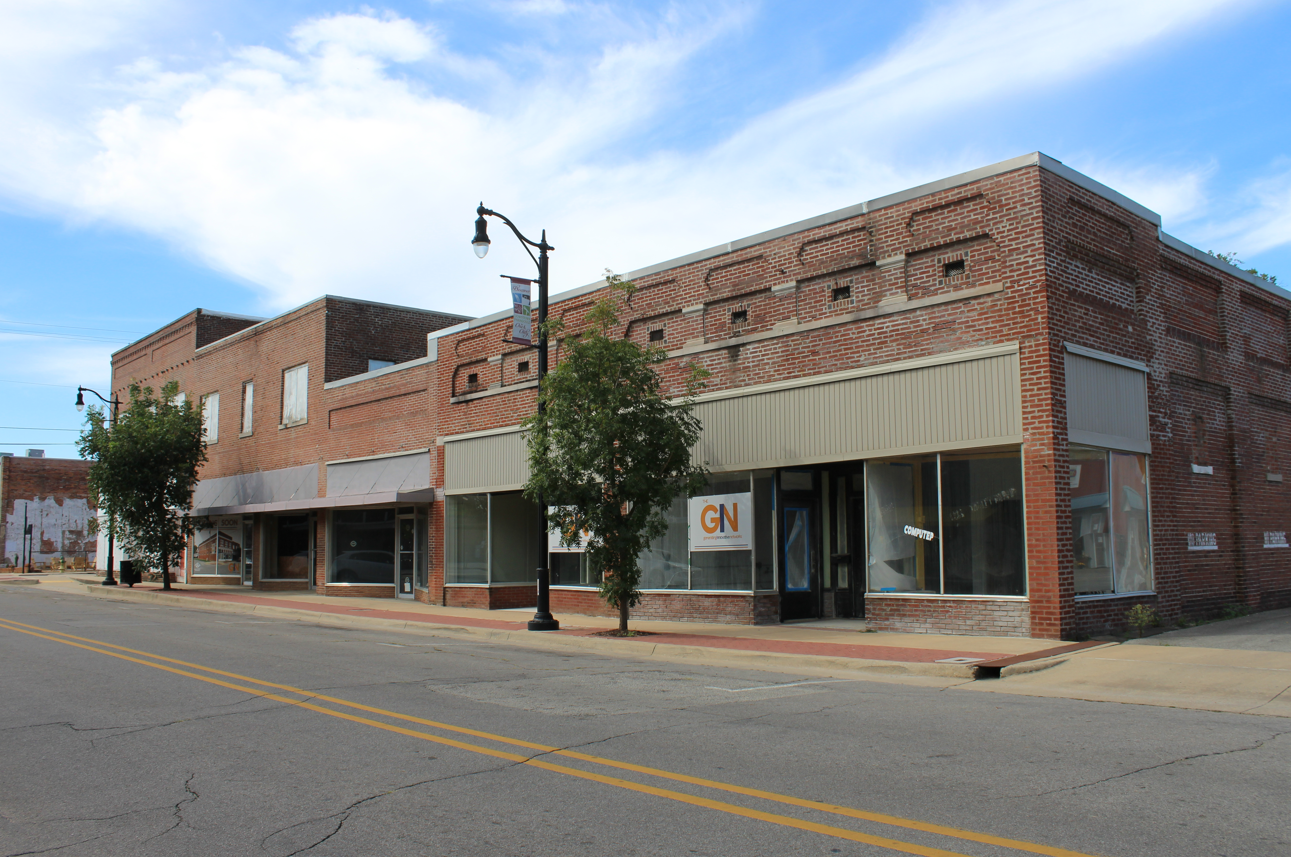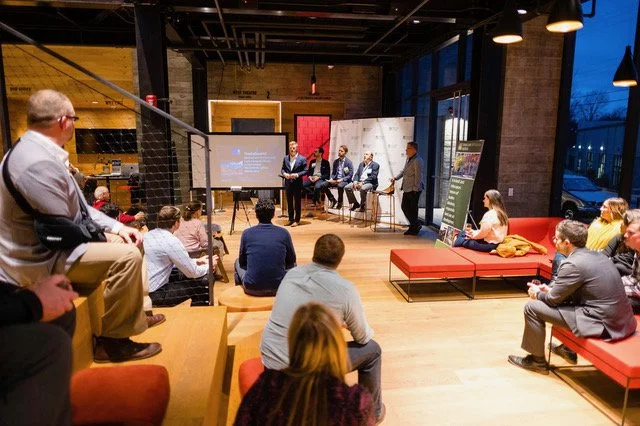$25 million federal grant will extend greenway connections, spur private investment.
By James Walden
Thanks to a multimillion-dollar federal grant, Conway in the next few years will be able to add 15 miles to its trail network, bringing amenities, commuting alternatives and new development to the college town.
The city announced Aug. 10, 2022, that its Connect Conway program had won a $24.647 million RAISE (Rebuilding American Infrastructure with Sustainability and Equity) Discretionary Grant to build the expansive greenway system in the community. To call the grant a coup in radically advancing Conway’s future might not be an overstatement.
The U.S. Department of Transportation grant program is part of a series of historically large federal grants intended to help address decades of underinvestment in transportation infrastructure. RAISE, along with other programs such as the Reconnecting Communities pilot project and Safe Streets and Roads for All grants enacted by Congress in 2021, reflect a major shift in federal transportation funding toward transit and active transportation modes under Transportation Secretary Pete Buttigieg.
Rendering of the proposed Little Creek Plaza; image thanks to Crafton Tull
The Connect Conway greenway system will tie east Conway, which often feels like the forgotten child of the community, to the more asset-rich west Conway. The project’s network will connect 10 city parks, seven schools, three major retail centers, three colleges, 14 employment centers and 16 neighborhoods.
“Creating a web of bike and pedestrian routes that takes people to a wide number of destinations creates possibilities for the community.”
Offering an accessible, convenient transportation alternative regardless of income makes this project more than just another quality-of-life amenity like many greenway trails.
This connectivity is why the city of Conway calls the project transformational, and change is already afoot. For example, Jonesboro developers Jetton General Contracting and Halsey Thrasher Harpole Real Estate Group have applied to the city to build University Lofts, a three-story, mixed-use development of 120 residential units and first-floor commercial space on College Avenue. The greenway plan was an important draw to attract the University Lofts project. Mixed-use infill projects promote greater walkability and support use of the greenway beyond recreational use. The Connect Conway greenway will connect residents at University Lofts to the University of Central Arkansas campus. The first-floor commercial space could support uses such as coffee or bike shops, further promoting walkability.
This development is not a one-off example. Anyone traveling to Northwest Arkansas to the Razorback Greenway can’t help but notice all the trailside infill development occurring. Outside Arkansas, Action Greensboro, a nonprofit that promotes public-private partnership investments in Greensboro, North Carolina, has found the $37.5 million invested in the Downtown Greensboro Greenway is yielding more than $415 million in planned and completed private investment in the heart of that city. By 2020, Atlanta’s $670 million investment in the Atlanta BeltLine project had spurred private investment of $8.2 billion in the project, which began in 2005.
These types of development are the secret sauce of bike and pedestrian infrastructure investments. Conway is already working to leverage the future potential of Connect Conway to inspire more smart planning. The city recently completed the Oak Street Ahead Plan, a broad reimagining of the city’s primary legacy corridor.
The proposed University Lofts; image thanks to Jamey McFadden
The Oak Street of today is a place any pedestrian or bike rider actively works to avoid. The Oak Street Ahead plan tackles this issue head on by proposing a series of land use and transportation recommendations to make the corridor more accessible for all users and a place people want to be. This is key, because Connect Conway will intersect Oak Street by way of the Little Creek Greenway. The plan proposes trail-oriented development to take advantage of the planned Little Creek Plaza that is being funded through the RAISE grant. This interrelationship will help ensure the greenway’s benefits extend beyond its narrow corridor and into the community.
Public investment primes the pump for private investment, promoting walkability and economic vitality in the neighborhood. Connect Conway is a big deal for the city and a big deal for Central Arkansas. It sets a framework for additional public and private investments that have real potential to transform the city for the foreseeable future.
James Walden, AICP, is an urban planning leader with Garver.





